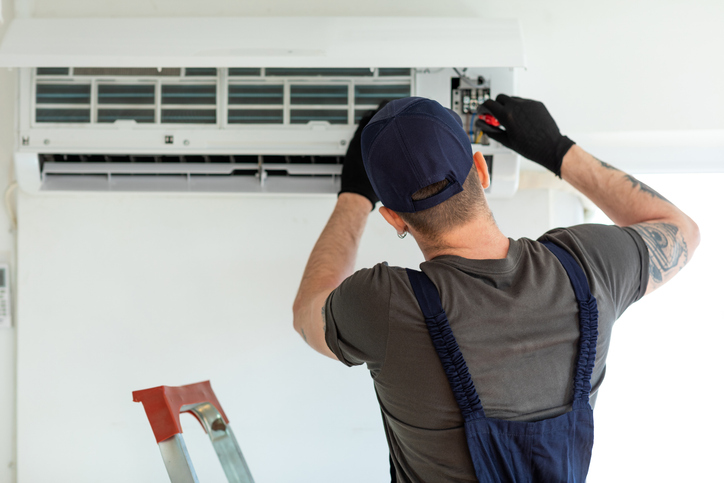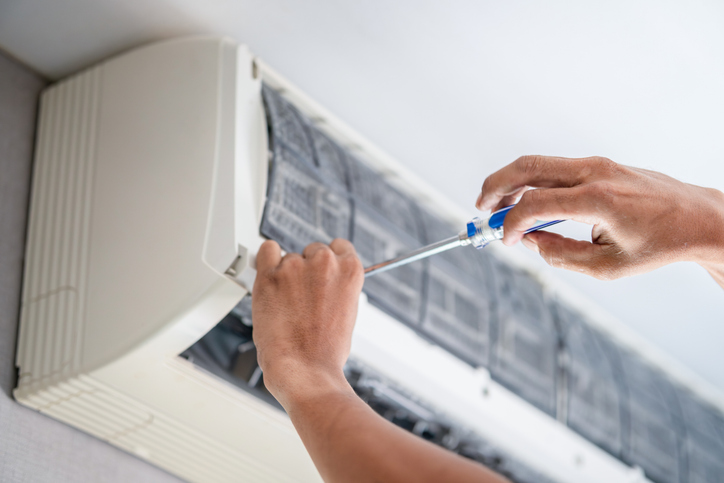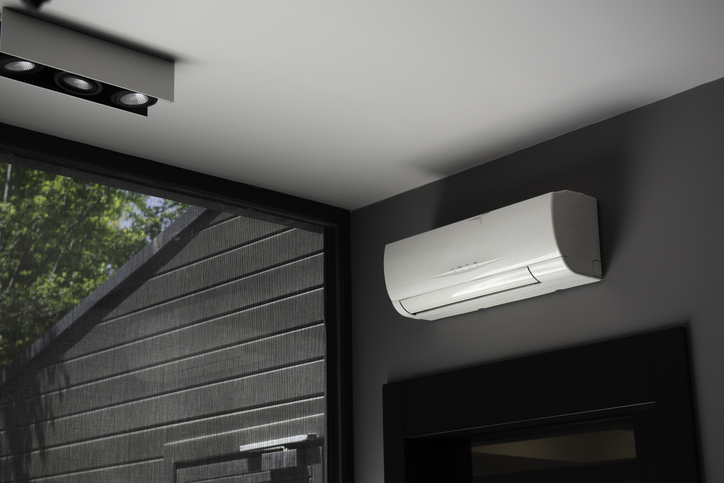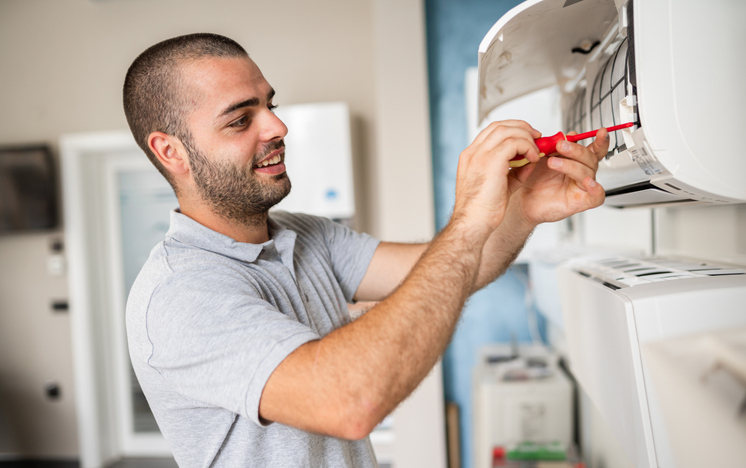When your air conditioning system malfunctions, your first instinct might be to call for professional AC repair services. However, many common AC issues can be resolved with simple troubleshooting techniques, saving you time and money. By learning how to identify and address these minor problems, you can keep your AC unit running efficiently and prolong its lifespan. This article will guide you through the process of troubleshooting common AC issues before seeking professional assistance.
1. Check the Thermostat Settings
One of the most overlooked causes of AC issues is incorrect thermostat settings.
– Ensure the Thermostat is Set to “Cool”: Before assuming your AC is broken, verify that the thermostat is set to “cool” mode. Sometimes, the setting might have been accidentally changed to “heat” or “off.”
– Adjust the Temperature: Make sure the temperature setting is lower than the current room temperature. If the room is already at or below the set temperature, the AC will not turn on.
– Check the Batteries: If your thermostat runs on batteries, a simple battery replacement could resolve the issue. Weak batteries can cause the thermostat to malfunction, preventing your AC from operating correctly.
2. Inspect the Air Filters
Clogged or dirty air filters can significantly impact your AC’s performance.
– Locate the Air Filters: Air filters are usually found in the return air duct or near the air handler unit. Regularly checking and replacing these filters is essential for maintaining your AC system.
– Check for Dirt and Debris: If the filters are covered in dust and debris, they restrict airflow, causing the AC to work harder to cool your home. Replace or clean the filters to restore efficient operation.
– Change Filters Regularly: To prevent future issues, replace or clean the filters every 1-3 months, depending on usage and the type of filter.
3. Examine the Circuit Breaker
A tripped circuit breaker is another common reason why your AC might stop working.
– Locate the Circuit Breaker Panel: This panel is usually found in the garage, basement, or utility room. Identify the breaker switch connected to your AC unit.
– Reset the Breaker: If the breaker has tripped, reset it by switching it off and then on again. This simple action might restore power to your AC unit.
– Check for Frequent Tripping: If the breaker trips frequently, it could indicate a more serious electrical issue, in which case, you should contact an AC restoration service.
4. Inspect the Outdoor Unit
The outdoor unit, also known as the condenser, is crucial in your AC system’s cooling process.
– Clear Obstructions: Over time, leaves, dirt, and debris can accumulate around the outdoor unit, obstructing airflow and reducing efficiency. Ensure that the area around the unit is clean and free of obstructions.
– Check the Condenser Coils: Dirty or clogged condenser coils can prevent your AC from cooling properly. Gently clean the coils with a hose, taking care not to damage them.
– Listen for Unusual Noises: If you hear strange noises coming from the outdoor unit, it could indicate a problem with the fan or compressor. In such cases, professional air conditioner repair may be necessary.
5. Assess the Refrigerant Levels
Low refrigerant levels are a common cause of AC issues, leading to inadequate cooling.
Look for Signs of Leaks: If you notice ice forming on the evaporator coils or the outdoor unit, it could be a sign of low refrigerant levels. Warm air blowing from the vents might also indicate a refrigerant problem.
– Don’t Attempt DIY Refrigerant Refills: Handling refrigerants requires special certification and tools. If you suspect a refrigerant issue, it’s best to contact a licensed technician for AC restoration services.
– Schedule Regular Maintenance: To prevent refrigerant leaks, schedule regular maintenance checks with a professional AC technician. They can detect and fix leaks before they cause significant problems.
By following these troubleshooting steps, you can often resolve common AC issues without needing to call for professional repair services. However, if these steps do not resolve the problem or if you notice persistent issues, it’s important to seek professional help. Regular maintenance and timely AC repair are essential for ensuring your AC system operates efficiently and lasts for many years.
For expert AC Repair, contact RMR Air Conditioning at (813) 778-3993. Troubleshoot common issues first, but trust our professionals for reliable repairs to keep your home cool and comfortable.







